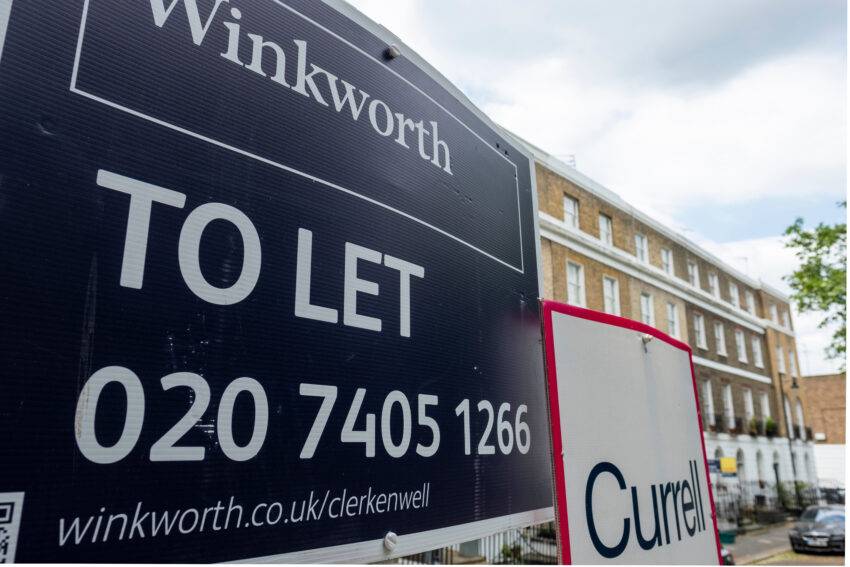
The UK’s rental market has witnessed an unprecedented surge in prices, with rents rising by a record 9.2% over the past 12 months, according to data from the Office for National Statistics (ONS).
While this marks the highest annual percentage change recorded since 2015, experts anticipate a cooling trend in rental inflation as affordability concerns weigh on tenants, especially in London.
Scotland experienced the most significant increase, with rents soaring by 10.5% to an average of £947 per month. In England, average monthly rents rose by 9.1% to £1,285, while Wales saw rental inflation of 9%, reaching an average of £727 per month.
London, known for its high rental costs, witnessed the most substantial jump in rents, rising by 11.2% over the past year. Conversely, the north-east of England saw a more moderate increase of 6.1%.
Kensington and Chelsea in central London remain the priciest location for renters, with average monthly rents reaching £3,305. Bristol follows as the most expensive area outside London, with rents averaging £1,748. In contrast, Dumfries and Galloway in Scotland emerged as the most affordable region, with average rents at £475 per month.
The rapid escalation in rents has exacerbated the cost of living pressures faced by tenants in recent years. Economists attribute this trend to an imbalance between supply and demand, driven by increased rental demand due to soaring house prices, mortgage rates, and record levels of net migration. Landlords’ reluctance to expand their portfolios amid higher borrowing costs and regulatory constraints has further compounded the issue.
Experts believe that tenants may soon reach affordability limits, signaling a potential end to the era of dramatic rental price increases. Dominic Agace, CEO of M Winkworth estate agency, noted that affordability ceilings are being reached, suggesting a shift in the rental market dynamics towards aligning rents with salaries and affordability.
In related news, house prices in Britain experienced a 0.7% increase between January and February, marking the largest monthly gain since 2022. However, economists anticipate a stall in house prices in the coming months, particularly with the rise in mortgage rates.